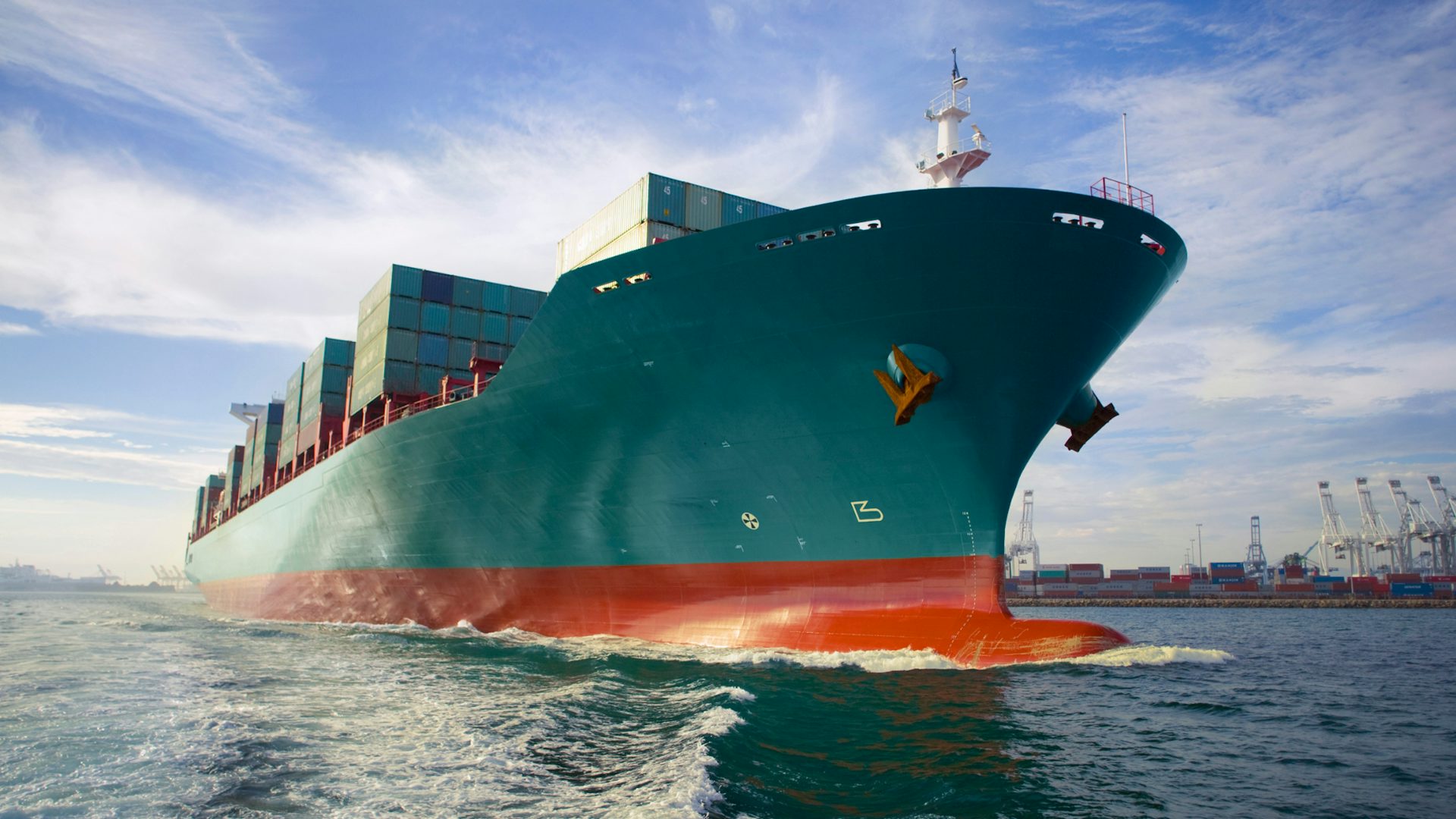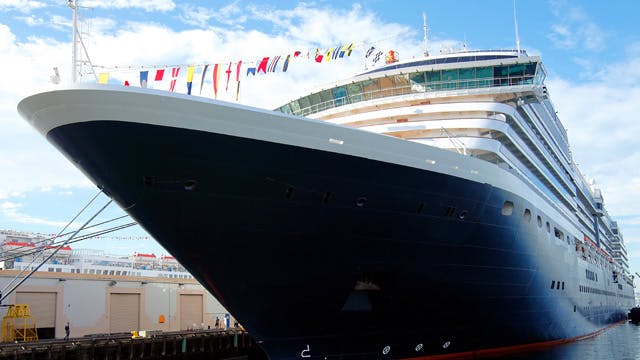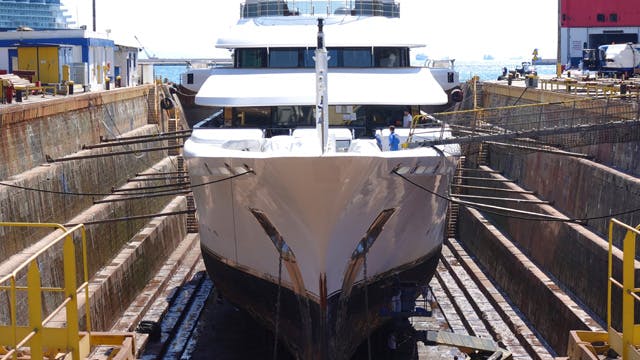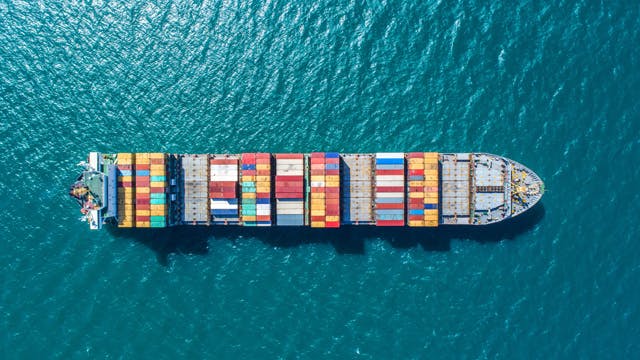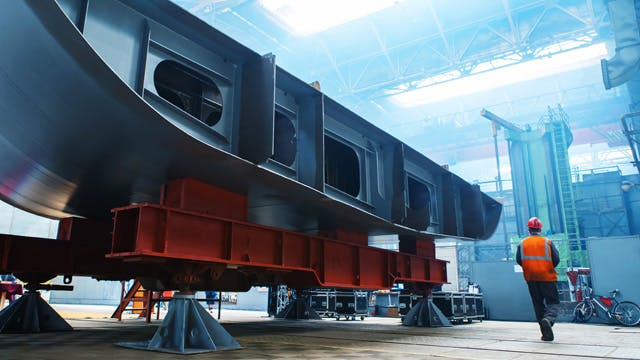Jak nadążać za rosnącą złożonością nowoczesnych projektów statków?
Stoczniowcy potrzebują systemów projektowania i zarządzania, które mogą efektywnie pracować z ogromnymi ilościami danych, umożliwiając jednocześnie projektowanie całych klas statków. Usuń bariery związane z różnymi rozwiązaniami, aby usprawnić procesy i wydajność dzięki cyfrowemu bliźniakowi multidyscyplinarnego podejścia do oprogramowania do projektowania morskiego.
Wykorzystaj kompleksowe, multidyscyplinarne rozwiązanie do inżynierii i produkcji statków, aby połączyć zespoły z płynnym, zintegrowanym przepływem informacji w celu wspólnego i współbieżnego projektowania dla wszystkich zastosowań morskich.
